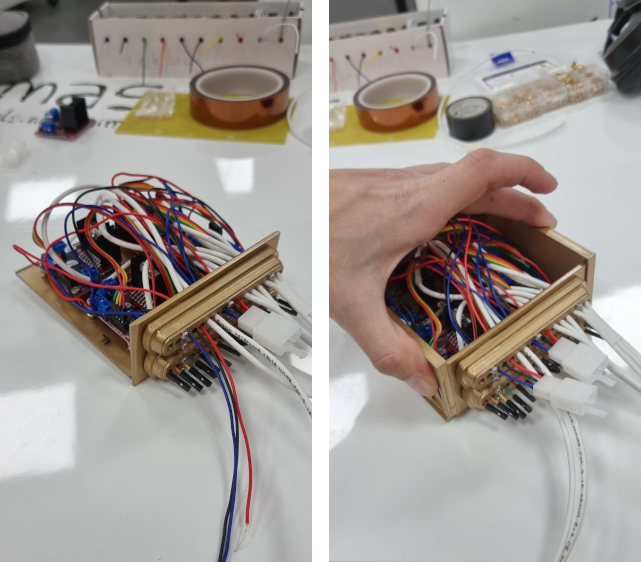Referring to the JPL design, Mimas was painted white: this paint, fortunately, does not need to withstand the harsh temperature conditions on Mars; nevertheless, the painting must be perfect. There were some areas of the chassis that must not have paint on them, so each of them was carefully masked using tape. The painting required two full days of work, with the application of several layers. The entire process took place in a custom space I set up in Merchiston Campus: 2m x 3m plastic sheets were used to isolate the painting area, and PPE was used to avoid inhaling the paint fumes. Paint layers were applied following some precise rules such as the time between duplication of each layer the thickness and orientation of the spray paint.
- [Hours of work: 18]
- [People involved: Giorgio, Akshit]



